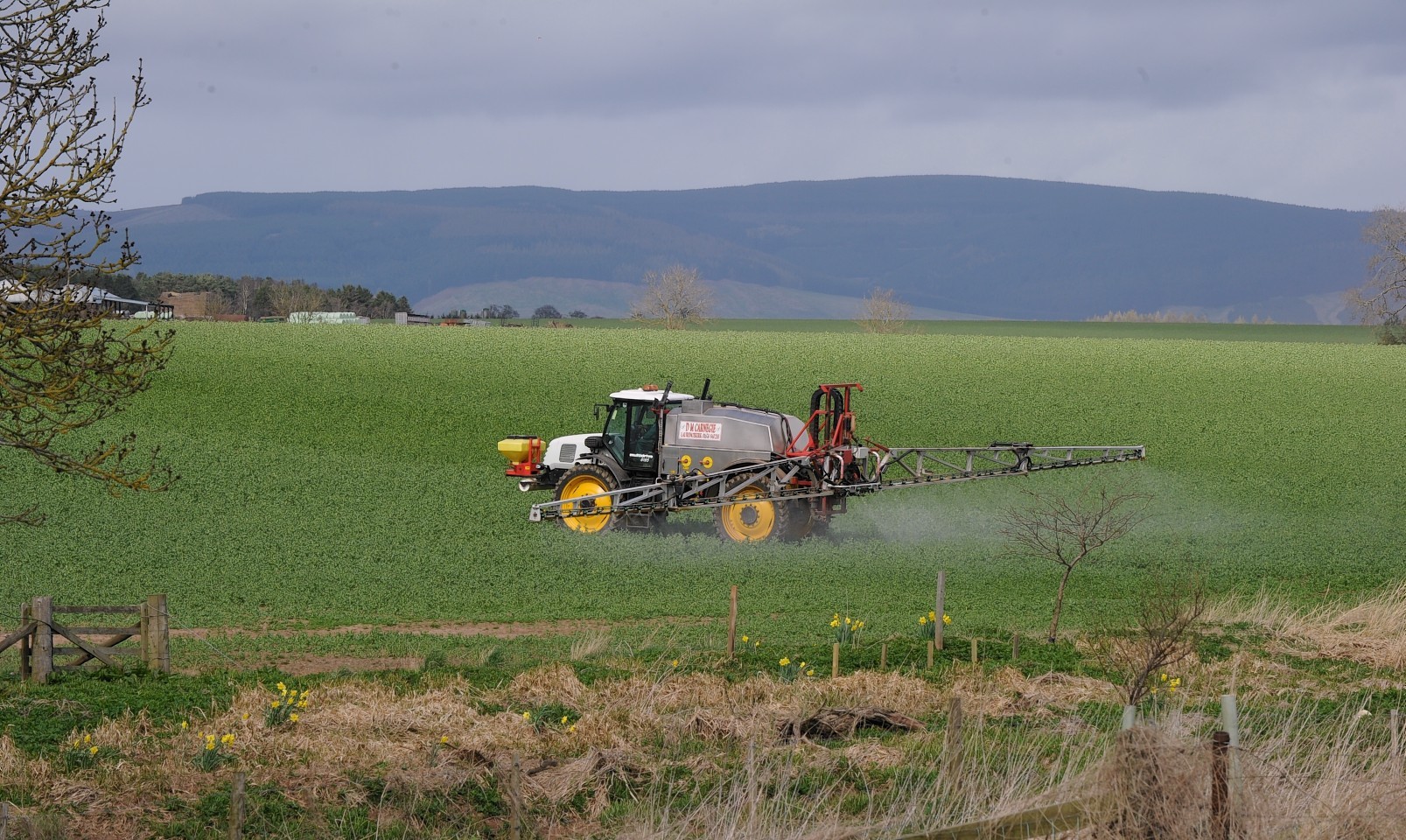So far this winter has been characterised by record-breaking warmth and rainfall which has led to moderate levels of infection being present in winter crops.
Forecasting the season ahead requires a crystal ball, however Professor Fiona Burnett told farmers attending the SRUC and AHDB organised agronomy event in Inverurie of ways to judge the risk involved with cereal growing.
Prof Burnett said: “In order to judge the risks facing their crops growers must firstly look to their own past experience of what diseases have been problematic. This, coupled with evidence from in-season monitoring, warnings and weather data gives them the information on which to base decisions.”
Varietal choice can reduce the risk of yield loss, she added.
Peter Chapman jun, of South Redbog, Strichen, said: “As growers we have to realise that the solution to all our problems is not going to come out of a can. We need to be making better use of the recommended lists, choosing varieties with robust disease resistance.”
However, Prof Burnett said: “Often the end user dictates what is marketable and growers are left with no choice but to grow susceptible varieties.”
When selecting fungicides, they should be matched to the primary disease risk, and when planning a fungicide programme for the season as much variety as possible should be worked in to the programme to reduce the risk of resistance developing. Resistance poses a significant threat to the on-going performance of fungicides, said Prof Burnett.
Septoria isolates with reduced sensitivity to SDHI chemistry were found in England and the Republic of Ireland last year.
Prof Burnett said: “I don’t foresee the shift in sensitivity being as dramatic as it was in the strobilurin scenario where we basically lost them in a season. I think the erosion of SDHIs will be slower, more like the pattern we are seeing with azole chemistry.”
To manage the threat of fungicide resistance growers are urged to follow stewardship guidelines which include: applying the most appropriate products at the right time and at an appropriate rate. Making full use of effective fungicides with different modes of action in mixtures or as alternate sprays and avoiding repeated use of the same product or mode of action.
